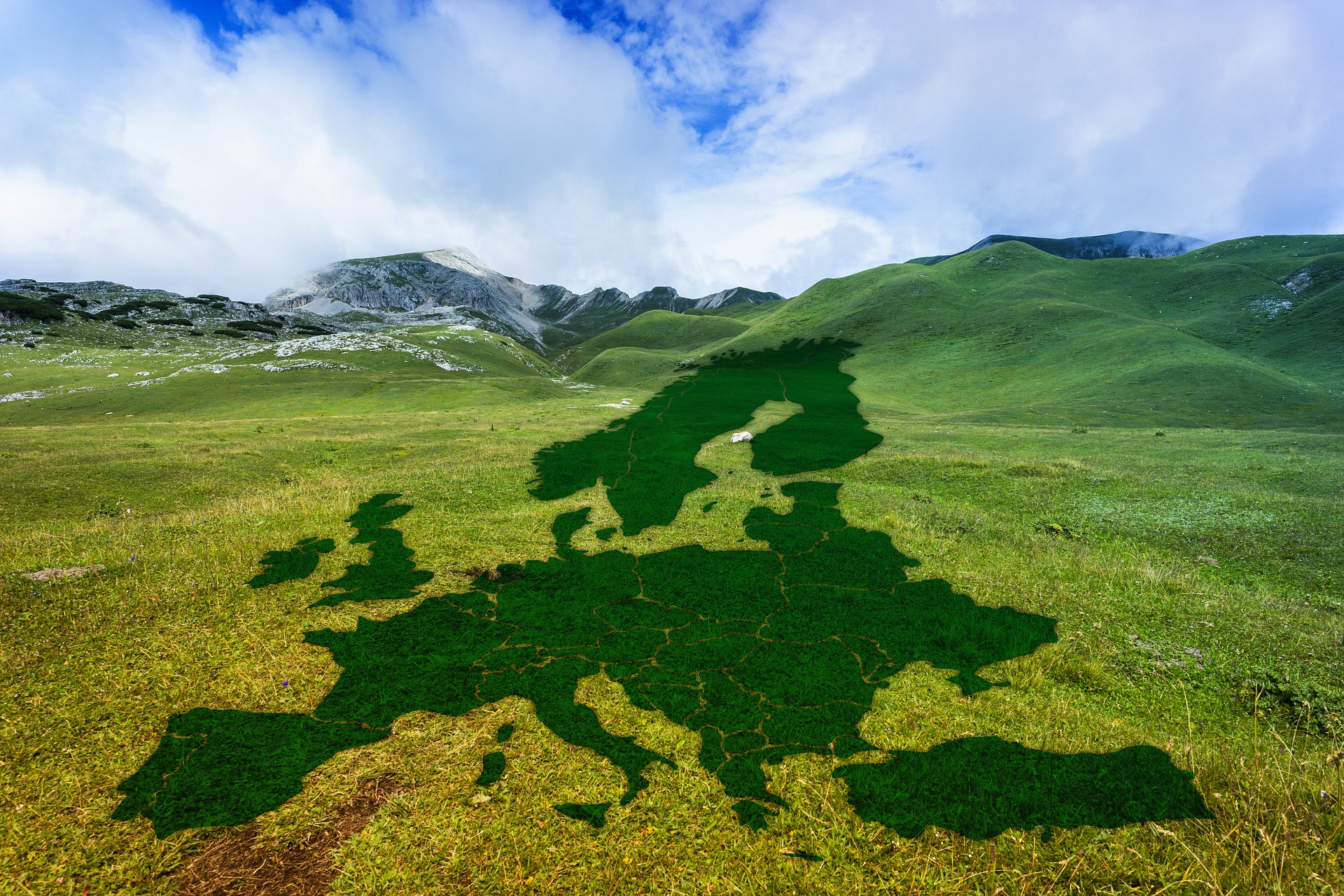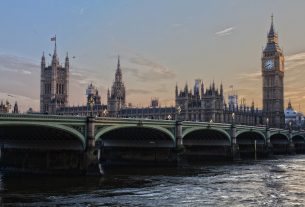The European Green Deal is an ambitious plan put forward by the European Union (EU) to tackle climate change, foster sustainable growth, and promote social justice. The Green Deal consists of a comprehensive set of policy measures aimed at achieving three overarching goals: no net emissions of greenhouse gases by 2050, economic growth decoupled from resource use, and no person and no place left behind. In this essay, I will delve into each of these goals and the policies that support them, as well as offer my own analysis and opinion on the Green Deal.
The first goal of the European Green Deal is to achieve no net emissions of greenhouse gases by 2050. To achieve this goal, the EU has set a target to reduce its greenhouse gas emissions by at least 55% by 2030 compared to 1990 levels, with the ultimate aim of reaching net-zero emissions by 2050. To achieve this target, the EU has proposed a number of policy measures, including:
- The introduction of a carbon border tax, which would require importers of goods from countries with weaker climate policies to pay a fee based on the carbon content of the imported goods.
- The promotion of renewable energy and energy efficiency measures, including the adoption of energy-efficient building standards and the electrification of the transport sector.
- The phase-out of fossil fuel subsidies and the introduction of a carbon pricing mechanism, which would put a price on carbon emissions and incentivize companies to reduce their greenhouse gas emissions.
These policy measures are crucial in achieving the first goal of the Green Deal. The introduction of a carbon border tax, for instance, would not only help to level the playing field for EU companies that have already made investments in low-carbon technologies, but also encourage non-EU countries to adopt stronger climate policies.
The second goal of the European Green Deal is to achieve economic growth decoupled from resource use. This means that the EU aims to achieve economic growth without harming the environment or depleting natural resources. To achieve this goal, the EU has proposed a number of policy measures, including:
- The promotion of a circular economy, which would encourage the reuse, repair, and recycling of materials to reduce waste and conserve natural resources.
- The introduction of a sustainable finance framework, which would incentivize investment in sustainable projects and discourage investment in activities that harm the environment.
- The adoption of sustainable production and consumption patterns, including the promotion of sustainable agriculture and the reduction of food waste.
These policy measures are essential in achieving the second goal of the Green Deal. The promotion of a circular economy, for instance, would not only reduce waste and conserve natural resources, but also create new business opportunities and jobs in the EU.
The third and final goal of the European Green Deal is to ensure that no person and no place is left behind in the transition to a sustainable future. This means that the EU aims to ensure that the benefits of the transition to a low-carbon, resource-efficient economy are shared fairly across all members of society and across all regions of the EU. To achieve this goal, the EU has proposed a number of policy measures, including:
- The creation of a Just Transition Fund, which would provide financial support to regions and sectors that are particularly affected by the transition to a sustainable economy.
- The promotion of social fairness and inclusion, including the adoption of a European minimum wage and the establishment of a European Child Guarantee.
- The adoption of a new EU biodiversity strategy, which would protect and restore biodiversity across the EU.
These policy measures are vital in achieving the third goal of the Green Deal. The creation of a Just Transition Fund, for instance, would ensure that no region or sector is left behind in the transition to a sustainable future, while the promotion of social fairness and inclusion would
ensure that the benefits of the transition are shared fairly across all members of society. Furthermore, the adoption of a new EU biodiversity strategy is critical in protecting and restoring the natural world, which is essential for the long-term sustainability of the EU’s economy and society.
In my opinion, the European Green Deal is an ambitious and necessary plan that provides a roadmap for the EU to transition to a more sustainable future. The three overarching goals of the Green Deal are interconnected and mutually reinforcing, and the policy measures proposed to achieve these goals are comprehensive and well thought out.
The first goal of achieving no net emissions of greenhouse gases by 2050 is particularly important, as climate change is one of the biggest challenges facing the world today. The EU’s target to reduce greenhouse gas emissions by at least 55% by 2030 is an important step towards achieving this goal, and the proposed policy measures, such as the carbon border tax and the phase-out of fossil fuel subsidies, are crucial in incentivizing companies to reduce their greenhouse gas emissions.
The second goal of achieving economic growth decoupled from resource use is also critical, as the current model of economic growth is not sustainable in the long term. The promotion of a circular economy and the adoption of sustainable production and consumption patterns are important steps towards achieving this goal, as they reduce waste and conserve natural resources.
Finally, the third goal of ensuring that no person and no place is left behind in the transition to a sustainable future is crucial in promoting social justice and inclusion. The creation of a Just Transition Fund and the promotion of social fairness and inclusion are important steps towards achieving this goal, as they ensure that the benefits of the transition are shared fairly across all members of society.
In conclusion, the European Green Deal is an ambitious and necessary plan that provides a roadmap for the EU to transition to a more sustainable future. The three overarching goals of the Green Deal are interconnected and mutually reinforcing, and the proposed policy measures are comprehensive and well thought out. The successful implementation of the Green Deal will require strong political will and collaboration between EU member states, but the benefits of a sustainable future for both the EU and the world at large make it a worthwhile endeavor.
Read more at: commission.europa.eu




